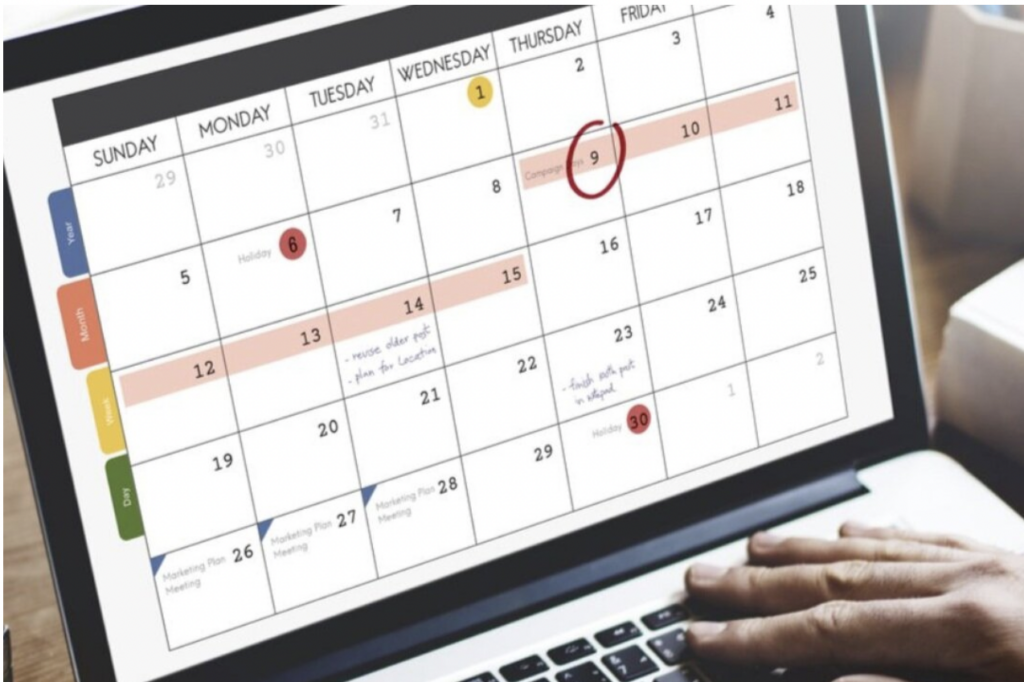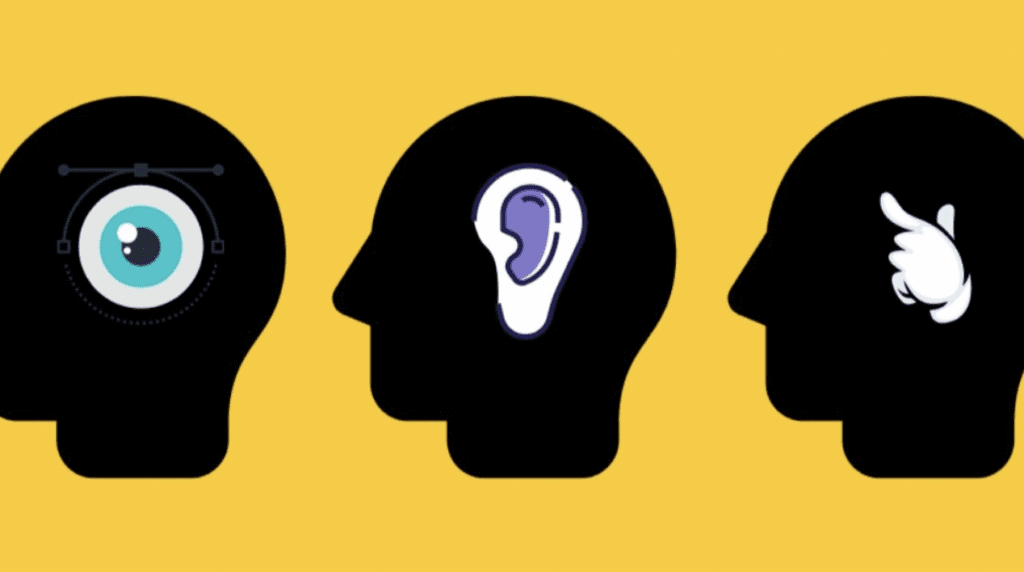
Motor skills help us get though just about every aspect of our days. If you have to do something that involves movement, you are using either gross or fine motor skills. Gross motor skills refer to the coordination between larger muscles and joints. Examples of gross motor skills include kicking a ball, playing on a jungle gym, and riding a bicycle. Fine motor skills refer to the coordination of smaller muscles in the hands to complete tasks like writing, drawing, and using scissors.
Students who struggle with fine motor skills often have a hard time with classroom assignments. These kids may be more than capable of explaining a concept, but they struggle to demonstrate their knowledge with paper and pencil. More often than not, their biggest challenge is handwriting. The fine motor control required to grasp a pencil and form letters makes any sort of assignment a challenge. Thankfully, there are many different ways to improve fine motor skills.
But how do I know if my child has difficulty with fine motor skills?
There are key developmental fine motor benchmarks kids should meet. Most notably, by the age of 5 or 6, kids should be able to use eating utensils with control, and copy letters and numbers. If a child is not close to being able to do one or both of these things, you may want to reach out to your child’s teacher or doctor. These professionals will be able to determine whether there is cause for concern.
How can I support fine motor development at home?
In addition to seeking recommendations from your child’s teacher, here are fun and engaging ways to build up your child’s fine motor skills at home:
Playing with play dough or silly putty – molding the dough/putty strengthens the muscles in the hands.
Painting – both finger painting and brush painting help to improve fine motor skills. Finger painting allows children to practice more general hand coordination, while holding a brush helps them practice controlling an implement.
Beading – any activity that requires students to thread a string through a small hole will strengthen their hand-eye coordination as well as their dexterity.
Squeezing a sponge – While we adults may associate this with the mundane task of washing dishes, ringing out a sponge can be surprisingly gratifying for small hands. And most importantly, this action is great exercise for the small muscles in the hand.
Make any of the above activities even more fun by doing them with your child. Work collaboratively to build a play dough sculpture, or have each other guess what you’ve painted a picture of. Everything is more fun for young kids when their parents get involved!
Looking for more guidance from an expert? Connect with one of our Braintrust learning specialists today for private tutoring! Braintrust educators have the training and expertise to create a better learning experience for your unique child.
Fine Motor Skills FAQ
What are examples of fine motor skills?
Fine motor skills refer to the coordination of smaller muscles in the hands and fingers. Examples include writing, drawing, cutting with scissors, using eating utensils, or playing an instrument.
What are signs that my child is struggling to develop their fine motor skills?
If a child is not able to use eating utensils with control or copy letters and numbers by the age of 5 or 6, it may be a sign that they are having difficulty developing their fine motor skills.
What activities can I do to help my child improve fine motor skills?
There are a variety of activities you can do with your child at home to strengthen their fine motor skills. These activities include playing with play dough or silly putty, painting, beading, and squeezing a sponge.
What resources are there if my child is struggling with fine motor skill development?
If your child is struggling to develop their fine motor skills, you can reach out to a learning specialist for help. Braintrust educators have the knowledge and expertise to create a better learning experience for your unique child. They can provide personalized guidance and feedback that will help them improve their fine motor skills.




